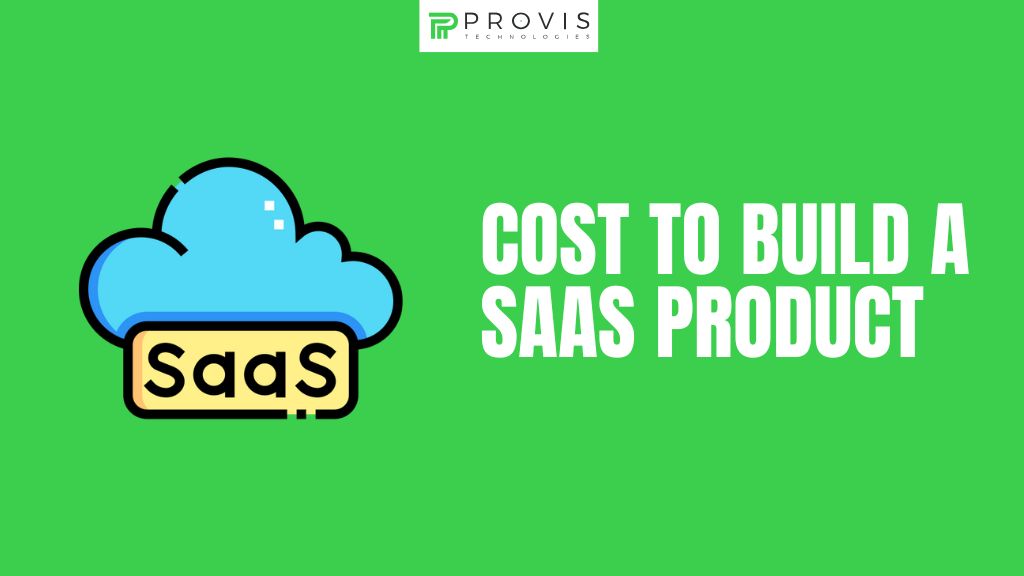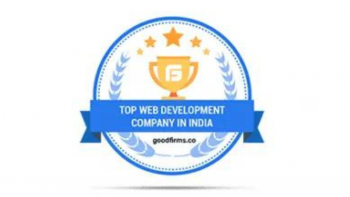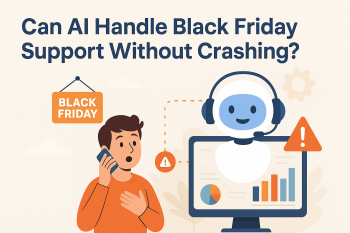Are you considering developing a SaaS product but have some concerns about the expenses? You are not the only one!
Many aspiring entrepreneurs ask,
“How much will it really cost to build my dream SaaS Product?”
The fact is, there is no definitive answer to that question. The costs can differ significantly based on the functionalities, designs and the team that you hire. But don’t worry!
In this blog, we will discuss what factors contribute to the cost of SaaS development and offer useful tips for SaaS budgeting. So, without further ado, let’s get started!
What is a SaaS Application?
SaaS, or Software as a Service, is a software program that you access via the internet rather than by installing it on your computer. In most instances, these cloud-based applications come at a small subscription fee. This means they can be accessed from anywhere, and issues such as updates or maintenance are out of the picture.
There are two options for application hosting in a traditional SaaS set up by an independent software vendor (ISV), either on his own or by entering a partnership with a cloud service provider such as Microsoft Inc. The cloud service provider takes care of the technical aspects, such as servers, databases, and security, among others. This means that businesses concentrate on the usage of software instead of its administration.
The advantage of SaaS is that it is often subscription-based. This implies that one incurs a monthly or annual cost instead of a heavy upfront cost. It is also effective for teamwork because several people can use the same program all at once and exchange data without interruption.
Be it project management, file storage, or customer relations, SaaS solutions come to improve and simplify our digital experience.
SaaS: Market Insights
If you have ever pondered on the worth of investing in SaaS —
The global Software as a Service (SaaS) market is on an upward trajectory, with projections suggesting that it will reach a whopping US$325.84 billion by the year 2028. It is also important to point out that this growth has a strong compound annual growth rate (CAGR) of 6.2%.
This surge in SaaS market size indicates that more and more people are seeing the value of SaaS solutions and appreciating their flexibility, scalability, and ease of use.
Major Steps and Expenses in Building a SaaS Application
Here are the key steps to build a SaaS application –
Confirm Your Idea’s Viability
Before doing any development work, you should evaluate whether your concept is even worth pursuing. Understand the market and if their attention will be worth it. For that reason, talk to potential customers and get their feedback.
Create a Concept and Plan the Product
Proceed to determine the functions and capabilities of your product. Identify a concept that fosters and explains the process of your application, as well as describes its uniqueness.
Develop a Business Plan
The business plan plays a key role in ensuring success. State the goals you wish to achieve, the market you are operating in, the marketing strategy that will be implemented, and the revenues to be generated. The plan will enable you to move forward.
Define Requirements for Building the SaaS Platform
Create an overview of the technical and functional parameters of your SaaS solution. This means detailing the user roles, security features, and potential integrations, among others. The clearer, better scoping expectations are, the lower complications there are during the actual development process.
Select a Technology Stack
The functioning of the application will primarily depend on the technology stack chosen. Therefore, while choosing any programming language, framework or hosting solution, it is important to consider scalability, security, and maintenance among others.
Hire a SaaS Development Team
Implementing your dreams into reality will require you to hire a brilliant team. It consists of hiring developers, designers, project managers, etc. Ensure that every team member understands the project goals and the time frame for the project.
Build the SaaS App and Perform After-Launch Maintenance
Once your team is in place, start with the app development. Upon its launch, shift your focus to engaging users and improving the application. Maintenance is an ongoing process that the development team should care about in order to make sure that the application continues running and meets the users’ demands.
Average costs for building a SaaS Application
On average, the cost involved in the development of a SaaS product is estimated to be between $15,000 and $100,000.
Nonetheless, it is essential to consider that these costs can be highly influenced by different aspects like the degree of complexity of the features, the type of technology stack used, and, of course, how skilled and experienced the developing team is.
As we move forward in this blog, we will focus on these factors to provide you with a better understanding of what affects the costs of the development of a SaaS application.
Parting Words!
In conclusion, having a SaaS solution is a good business idea, but knowing the costs involved plays a key role in your success. For instance, being aware of the cost drivers, complexity, and features will allow you to prepare a cost-effective budget.
Frequently Asked Questions
1. Why the development team matters?
The skill level of the development team can become the most essential aspect during the development stage of any project in estimating both the cost and quality of a project.
2. What are the factors that contribute to the cost of SaaS development?
These include the product’s scope, its complexity, UI/UX design, API integrations, and team composition.
3. How much should one expect to pay for UI/UX Design services?
The price of UI/UX design ranges from $4,200 to $10,500.
4. Is there a difference in the costs of development based on location?
Yes. Hourly rate varies from location to location.
5. What is the cost of maintenance of SaaS products?
Usually, the maintenance costs on the average range between $2,000 and $5,000 per month.
Written By
Author's Picks
- 10 Bottlenecks That Slow Your SaaS and How to Fix Them
- 11/07/2025
- The Future of E-commerce: Embracing SaaS Solutions
- 15/04/2024
- How to Develop a SaaS Application? | The Complete Guide
- 05/09/2024
Categories
- AI for Startups
- AI in Web Development
- AI Integration
- AI Platforms
- AI Prompt
- AI Tools
- AI Trading Software
- Android App
- Android vs iOS Development
- Angular
- API
- API Development
- App
- app development
- App Idea
- App User Feedback
- Application
- Artificial Intelligence
- Audit Services
- Automotive Industry
- Awards and Recognition
- Business Consulting
- Business Website
- Chatbots
- CRM
- CRM for Financial Advisors
- Custom CRM
- Custom SaaS
- Custom Website
- Customer Service
- dashboard design
- Developing a Mobile App
- Digital Business
- E-commerce
- EMR Integration
- Finance
- Financial Advisors
- Financial Advisors
- GIT
- Health Insurance
- iOS App
- iOS App Development
- IoT Mobile App Development
- IoT Platforms
- IT Audit Services
- IT Consulting
- IT Strategies
- Java Development
- Laravel
- Lean Canvas
- Learning Management System
- Logistics Apps
- Mobile App Development
- MVP
- Native App
- News Aggregator Site
- OTT
- Outsourcing IT
- Payment Gateway
- predictive analysis
- Product Launch Strategy
- Progressive Web App (PWA)
- Prototype
- Recommender Systems
- Ruby
- SaaS
- SaaS Application
- SaaS Business
- SaaS Company
- SaaS Development
- SaaS Product
- SaaS Project
- Sales Funnel
- SEO
- Shopping Cart
- Software Development
- SSL and TLS
- Startup Checklist
- Technology
- Tetradic Color Scheme
- UI/UX Design Company
- Unit Testing
- User Flow
- User Testing
- Web Development
- Web Performance Optimization
- website Maintenance Services
- Website Migration Service
- Website Speed Optimization
- WooCommerce
- WordPress





